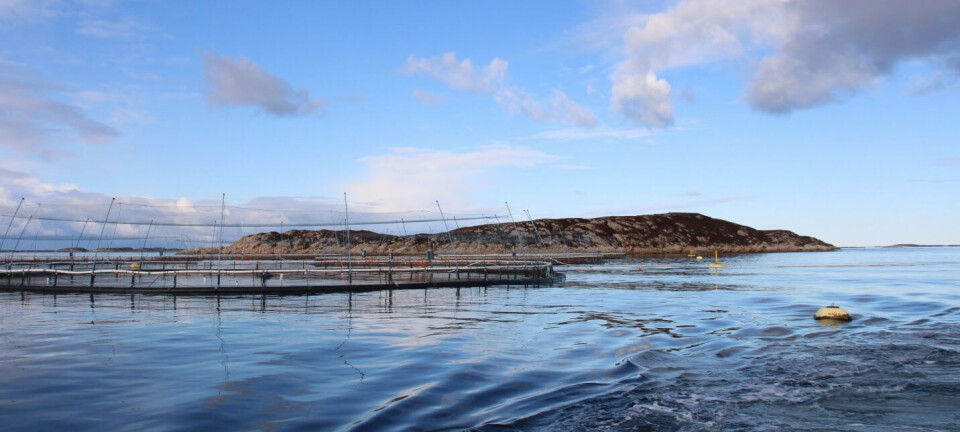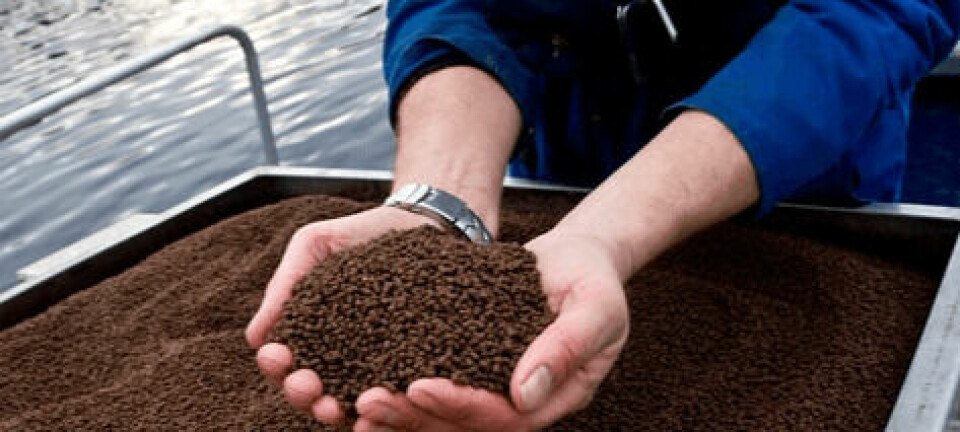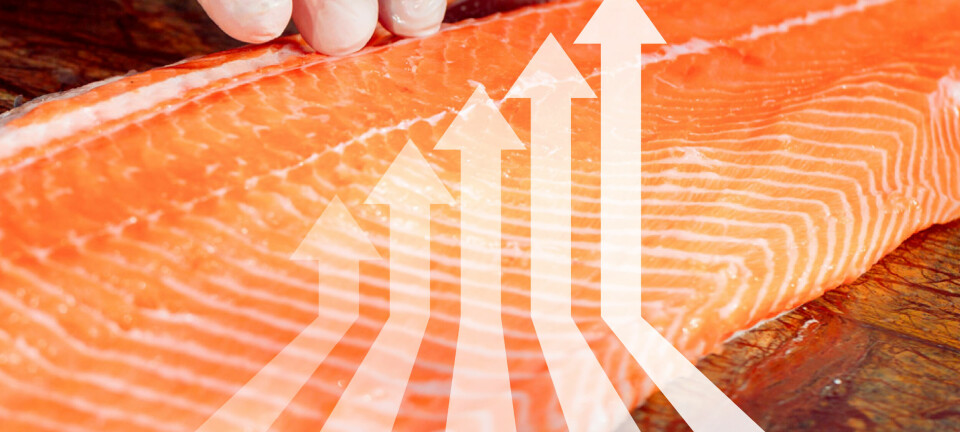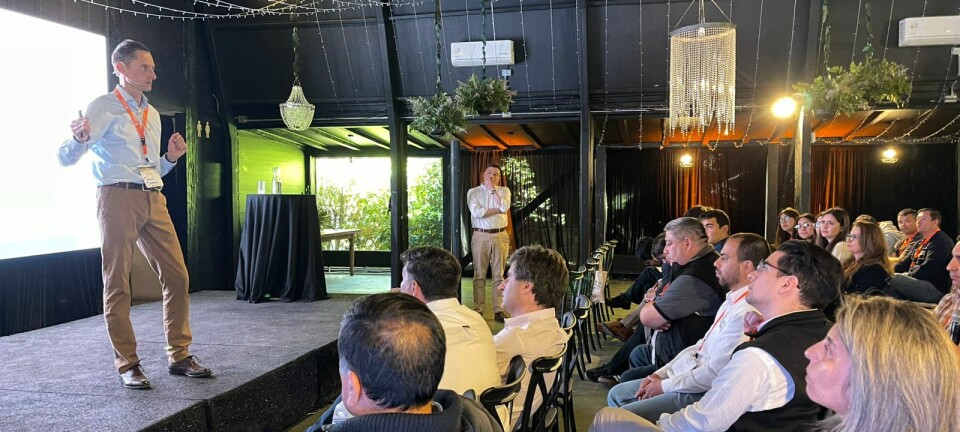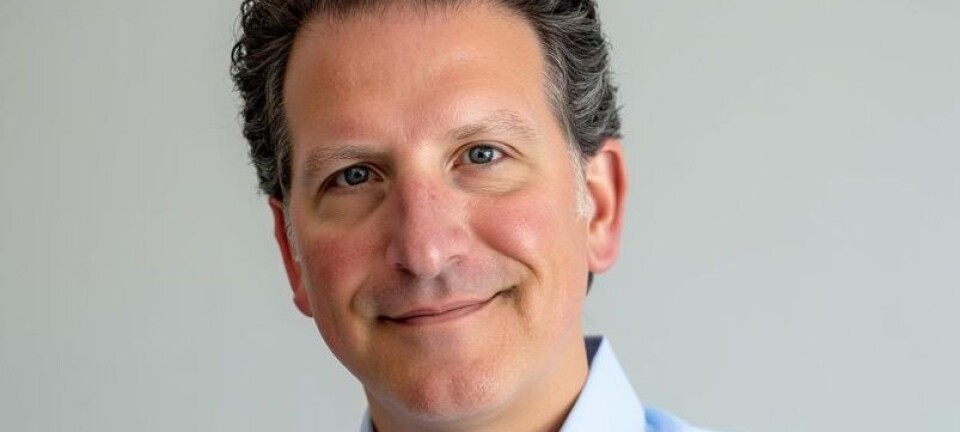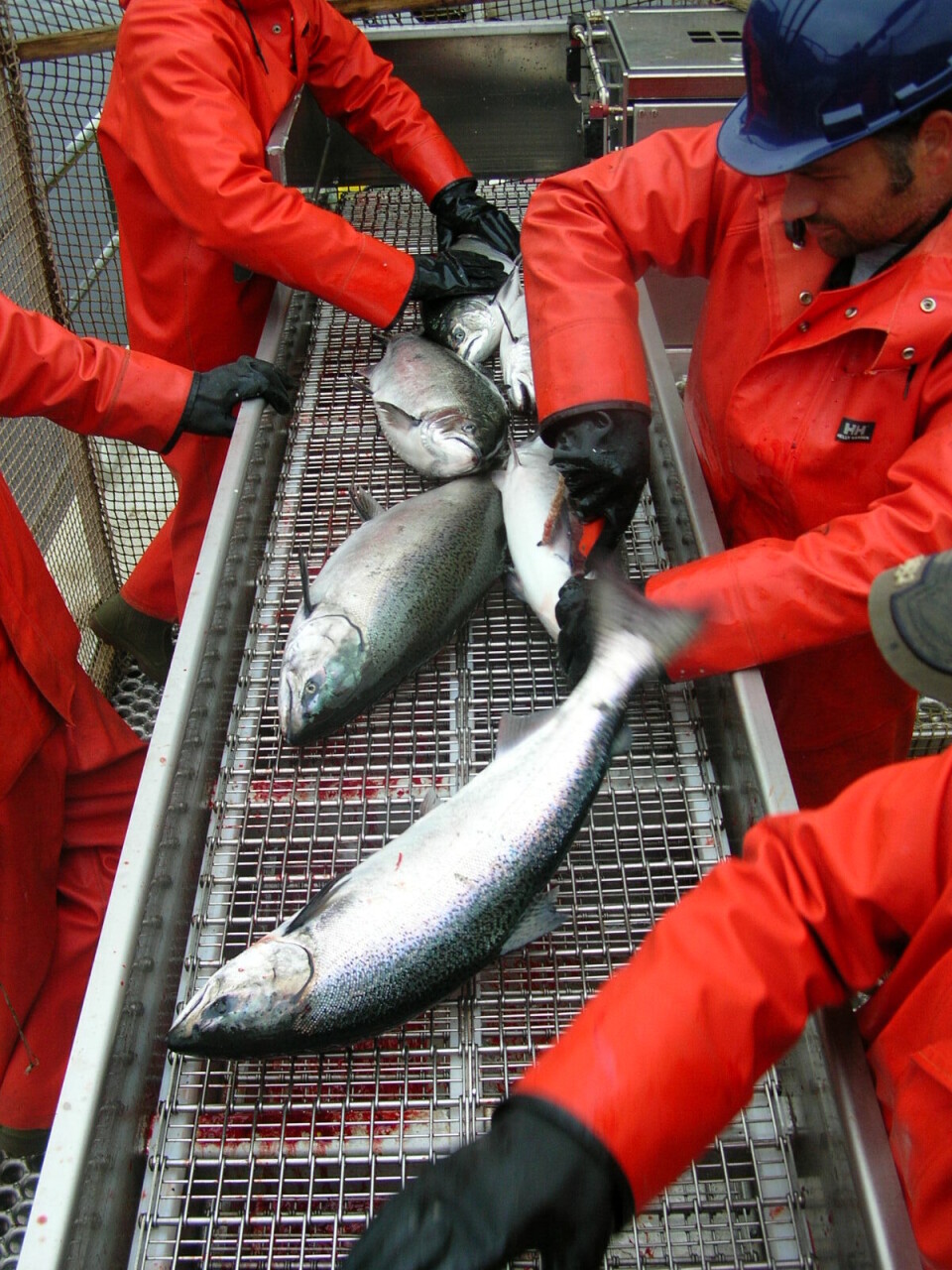
Salmon on BC farms are healthy
Years ago the BC Salmon Farmers Association (BCSFA) established a private database to keep track of the fish health situation on its members’ farms. The purpose was to enable the industry to better manage the various fish health issues and to detect trends that could be seen as an improvement or a deterioration of the general health of fish populations. Summary reports from the database were submitted to and audited by government staff, as the BC Centre for Aquatic Health Sciences (CAHS) explains;
Since the early 2000’s, BC salmon farmers have been entering sea lice (since 2003) and fish health data (2002) into a database owned by the BCSFA. Until 2009, this data was maintained and monthly sea lice summaries and quarterly fish health summaries were provided to government regulatory agencies by either a veterinary contractor or a database manager.
In early 2009, CAHS took over this maintenance and summary preparation role. From the database’s start, all data for any sea lice counts or fish health records was taken and recorded at the salmon farm site and later entered into the database by a designated person for each farmed salmon producer. The Centre serves as an intermediary for transfer of this data: ensuring that data from active sites is available for the summary; combining data by fish health zone; preparing a summary report on sea lice data monthly and fish health quarterly; and submitting these reports to the appropriate regulatory agency.
The latest audit results were announced by the BCSFA in a recent release;
The results of 2011's first quarter audit of the BCSFA's fish health database has again confirmed the health of farmed salmon and absence of any exotic disease. The results of the audit, conducted by CAHS, are posted online. To complete each audit, the CAHS did its own sampling to compare against the regular sampling and testing carried out by each company's fish health technicians and veterinarians. Their results are compared to the BCSFA's database of results to ensure its accuracy. The same is done for regular sea lice counts. "The integrity of our fish health plans - which include monitoring, treatment, sampling, testing, reporting and auditing - is key to our responsible operations as farmers," said Mary Ellen Walling, Executive Director of the BCSFA. "It's important to have outside experts review our work to ensure our effectiveness - both for the safety of our fish and the natural environment."
Salmon farmers regularly test mortalities from their farms for pathogens. While some can be easily diagnosed, others require multiple steps to identify the cause. All fish health professionals - within industry and outside of it - are bound by regulations to report any suspicion of exotic disease. The extensive testing process has left no such concerns. This quarter's report marks a full year since the CAHS assumed responsibility for this audit process, previously undertaken by the province's fish health department. The CAHS program was implemented to maintain consistency in these reviews during the transition of aquaculture regulations from the provincial to federal governments. The Department of Fisheries and Oceans is now conducting the audits. "The program is an important one - to give our farmers and the general public the confidence of extra scrutiny," said Walling. "As business people, we need our fish to be healthy - as coastal residents we want them to be healthy as well - it's the primary priority for us all."




















